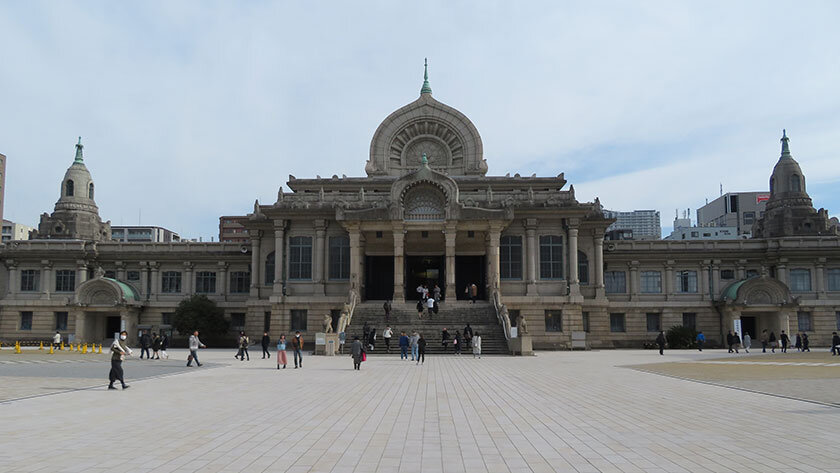Yasukuni Shrine is a shrine dedicated to Japan’s war dead. It was founded in 1869 for the purpose of enshrining those who have died fighting for their country. There are roughly 2.5 million spirits enshrined there who have fought for their country since the Meiji Restoration in 1868 to now - their names are noted along with origin, date and place of death.
Since World War II, there have been controversies surrounding this shrine in that 14 Class A war criminals are enshrined. Prime Ministers visiting the shrine has further stirred controversies due to regards concerning the violation of separate church and state.
The shrine also features a large museum about wars Japan’s been involved in from a conservative Japanese point of view.
Entrance fee: Free
Photo credit: Japan Guide
Address: 3-1-1 Kudankita, Chiyoda-ku, Tokyo 102-8246
Hours: 6am - 6pm (6am - 5pm from November-February)
Website: https://www.yasukuni.or.jp/english/
How to get there: A 5 minute walk from Kudanshita Station, Exit 1 on the Tokyo Metro Tozai, Hanzomon, and Toei Shinjuku lines. A 10 minute walk on the Iidabashi or Ichigaya Station on the JR Sobu and Chuo Lines.















